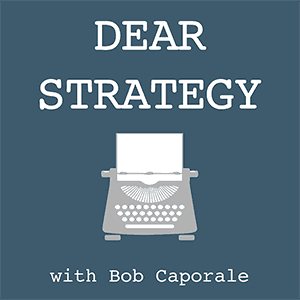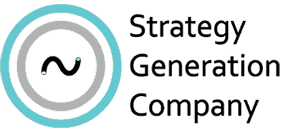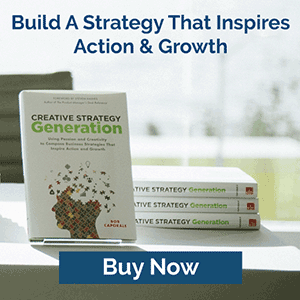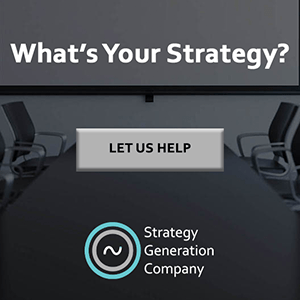Dear Strategy:
“When evaluating new product opportunities, how do you decide how far outside of your ‘wheelhouse’ is too far out?”
I love questions that cause me to dig into the origin of some of these common little buzzwords that we hear all too often in the business world. Today’s offering is the term “wheelhouse.” So, what does this really mean?
According to a combination of online sources including Wikipedia, Wiktionary, and a half dozen or so blogs that either all agree with or all copied from one another, it seems that the term “wheelhouse” refers to the enclosed part of a ship from which it is piloted. More to the point, it represents the boundaries of knowledge and capability for its main occupant; most notably, the person who is responsible for steering the ship.
Translated to “company-speak,” your wheelhouse is a bit more than just your comfort zone (which is how many people would probably interpret this term). In fact, when we refer to a company’s “wheelhouse,” we are really talking more about its capabilities than about it its willingness to do something. And, for a product strategist, there is a very important difference between these two things.
When you think about what your company is willing to do, it usually has something to do with its tolerance for risk – and that has everything to do with the type of shareholders that it has. Someone who invests in a company like Tesla, for example, is likely to have a higher tolerance for risk than, say, someone who invests in a blue-chip stock like General Electric. The problem here, of course, is that this can all be very subjective. Using these same definitions, traditionally risk-averse companies may still be willing to invest in some riskier projects from time to time – and vice versa. And the wheres, whens, and whys of these decisions may not always be so easy for product strategists to navigate.
On the other hand, when you think about what a company is able to do, that becomes more straightforward – even though it may take a little bit of work to uncover. To determine this version of your company’s “wheelhouse,” you’re going to have to dig deeper on the three main areas of people, processes, and systems. What types of human resources do you have and what are their skill sets? What type of processes do you currently have in place and do they fully support whatever it is that you want to do? What types of systems do you currently utilize and what types of systems do you feel you need?
Once you understand your company’s capabilities, then you can determine how those capabilities compare to what you will ultimately require with respect to your strategy. This “gap analysis” (as it is commonly referred to) can then be tied directly to an investment plan; and that investment plan can then be presented as an integral part of your strategy.
The point is, if you spend your time trying to figure out what your company is willing to do, you’ll probably miss the more important questions of what your company is able to do and what it ultimately needs to do in order to fill any gaps that may exist with respect to your plan.
In short, your company’s “wheelhouse” is far more objective than it is subjective. And when you view it this way, you might just find that your strategy has a far greater chance of success.
Listen to the podcast episode
Dear Strategy: Episode 006

###
Bob Caporale is the author of Creative Strategy Generation and the host of the Dear Strategy podcast. You can learn more about his work by visiting bobcaporale.com.




